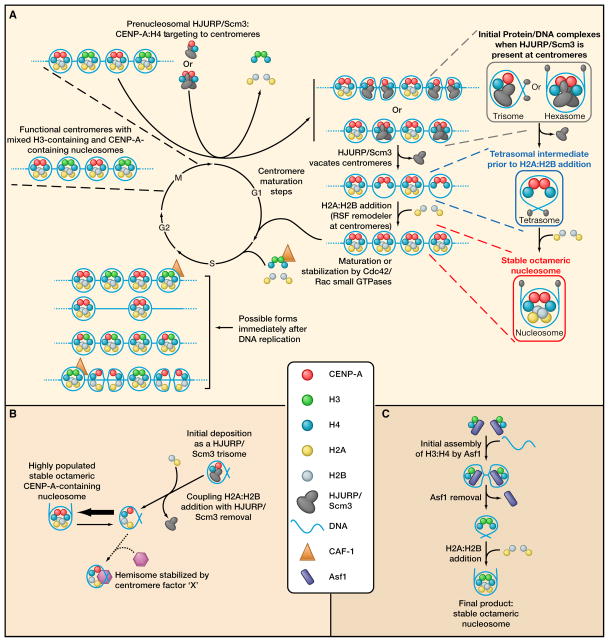Figure 3. Coupling the assembly of CENP-A chromatin to the cell cycle.
(A) Cell cycle-coupled maturation of CENP-A-containing nucleosomes in mammals.
(B) Possibilities for generating a substantial pool of hemisomes. If the initial deposition of CENP-A is as a trisome that contains Scm3, the large intrinsic stability of nucleosomal CENP-A predicts that the trisome will rapidly convert to the octameric form, following the addition of H2A:H2B. Other mechanisms may exist to stabilize a hemisomal form, such as the association of an uncharacterized (or unknown) factor that specifically binds to CENP-A nucleosomes.
(C) Octamer formation of canonical nucleosomes following the initial deposition by the trimeric assembly complex, Asf1:H3:H4.

